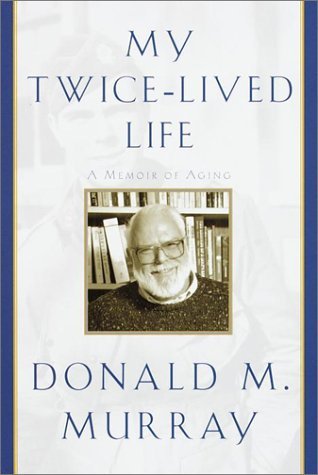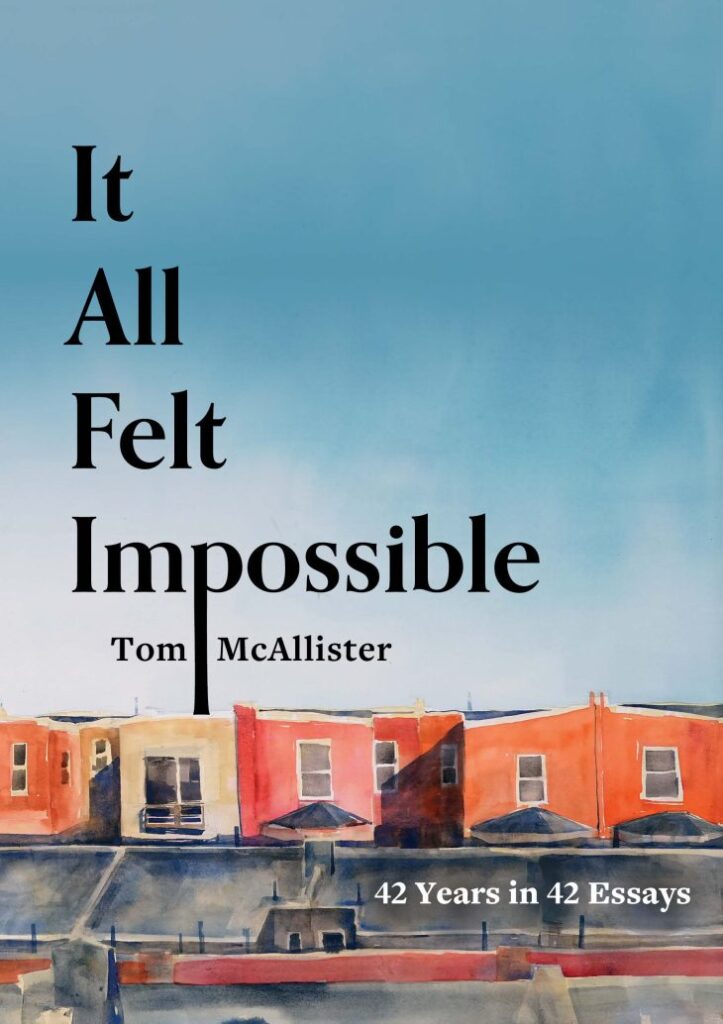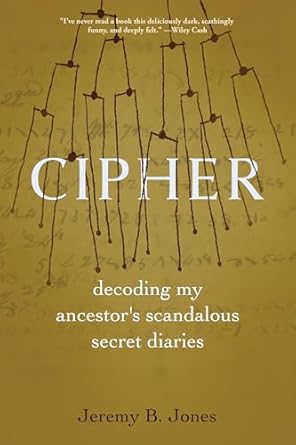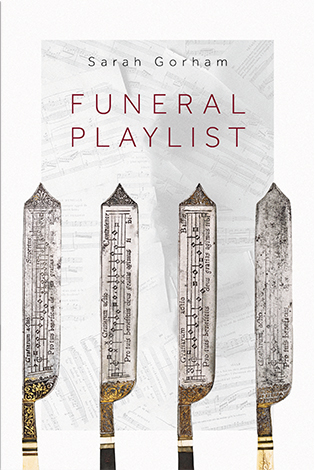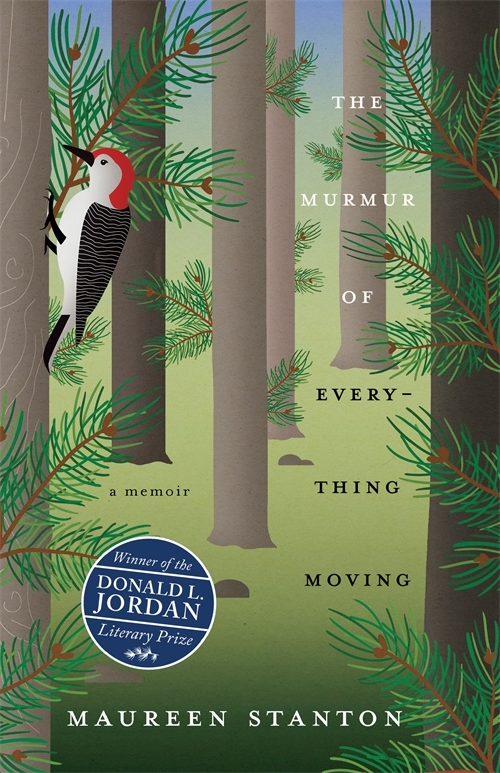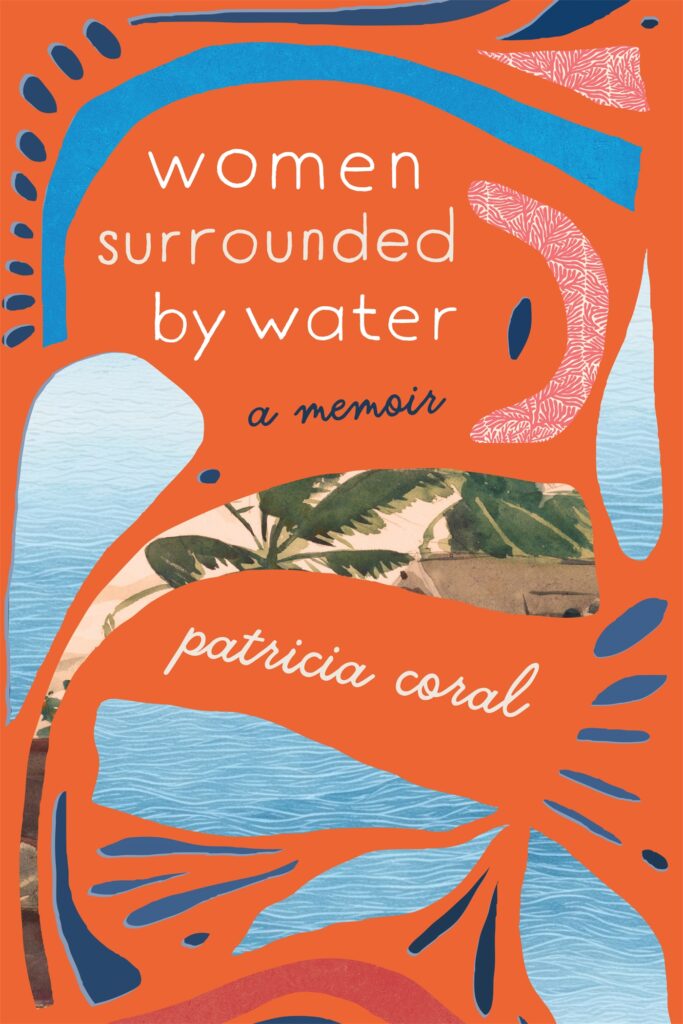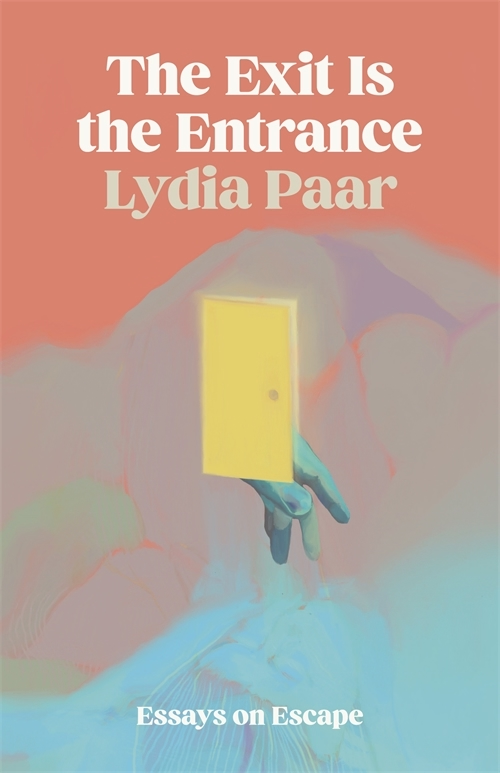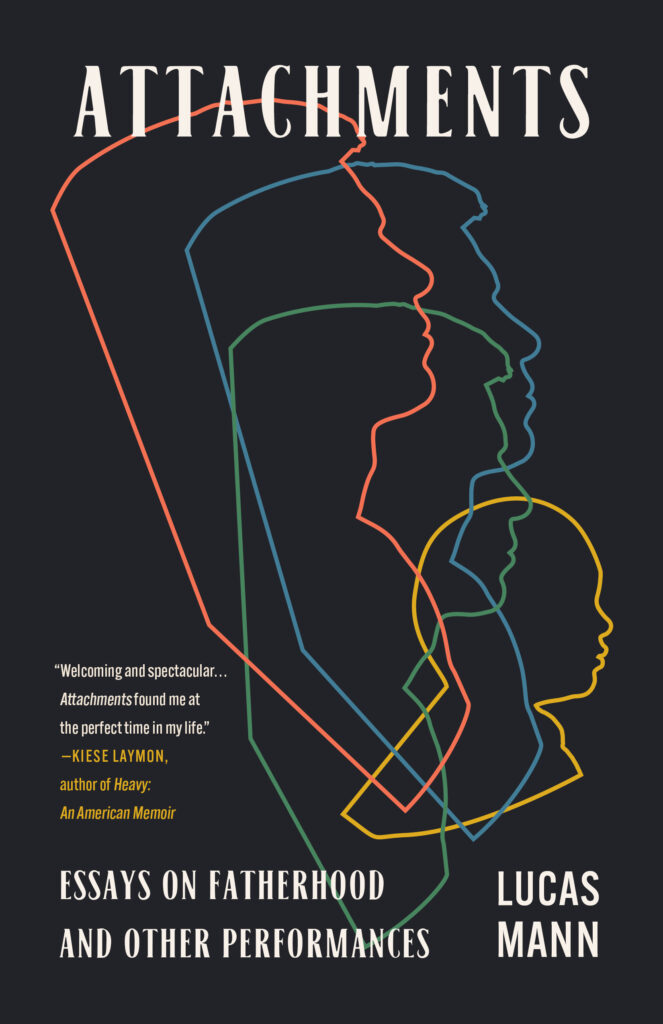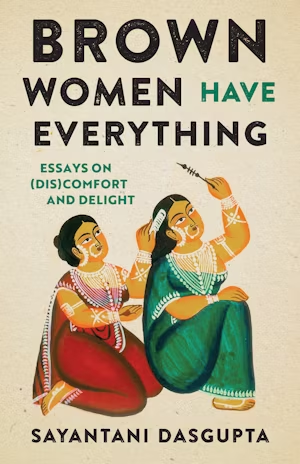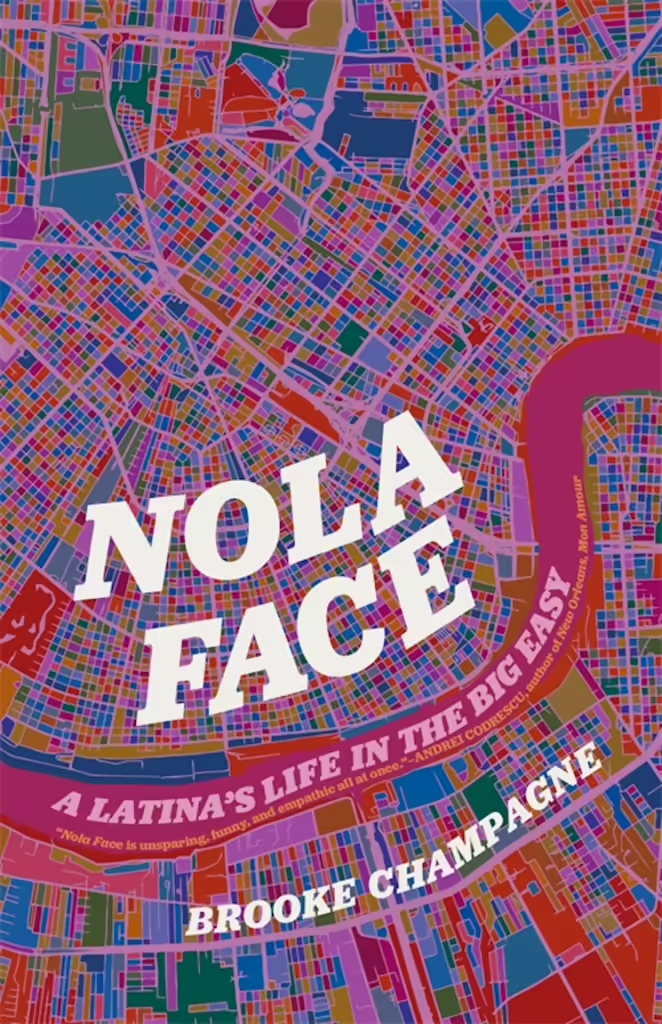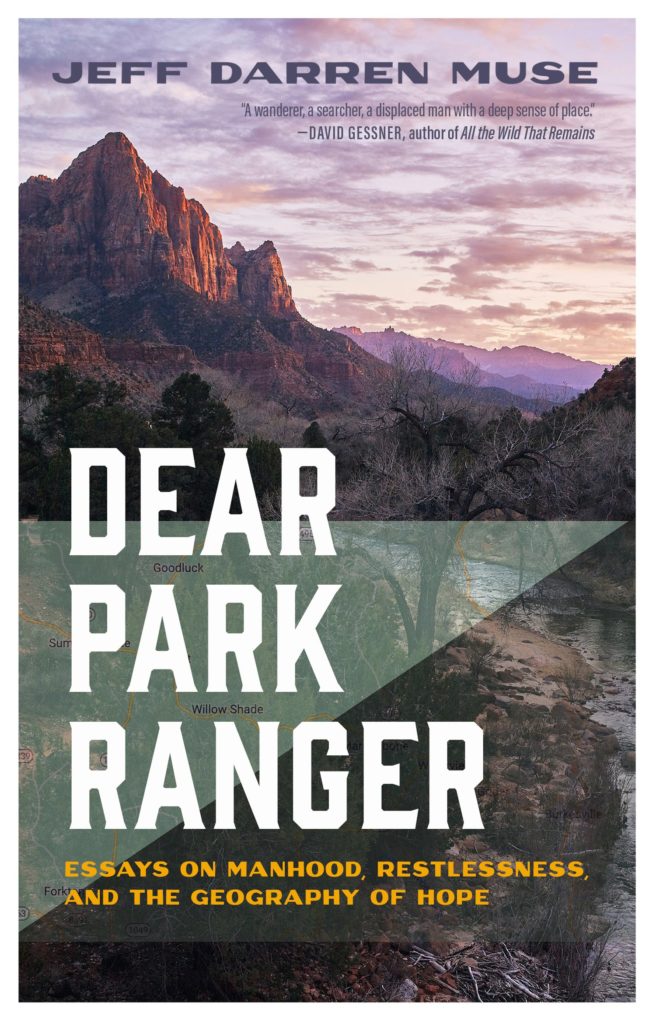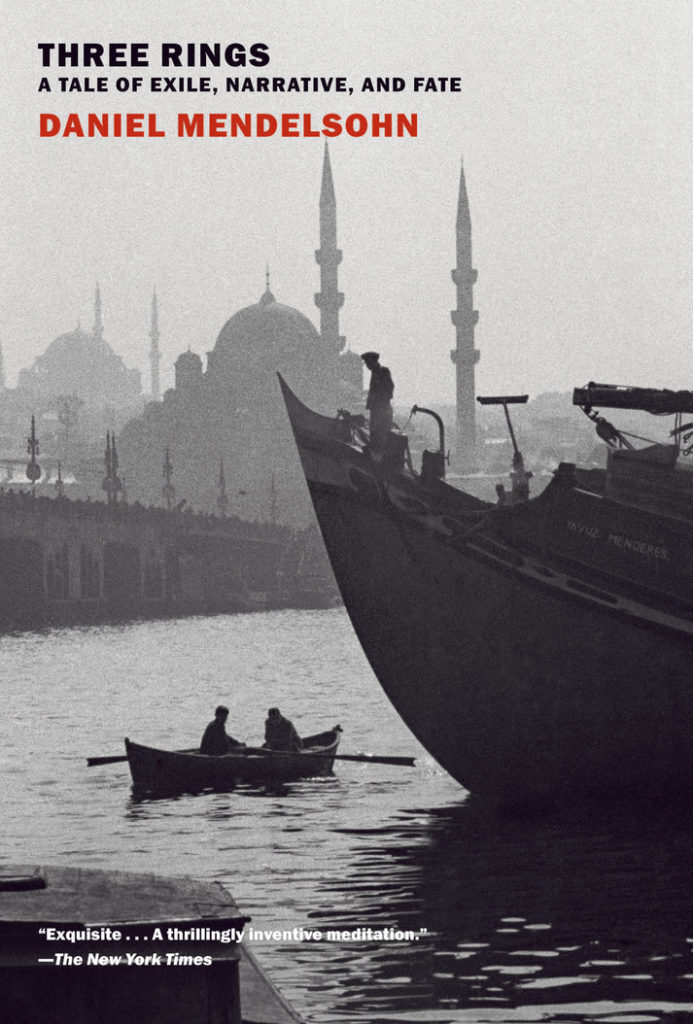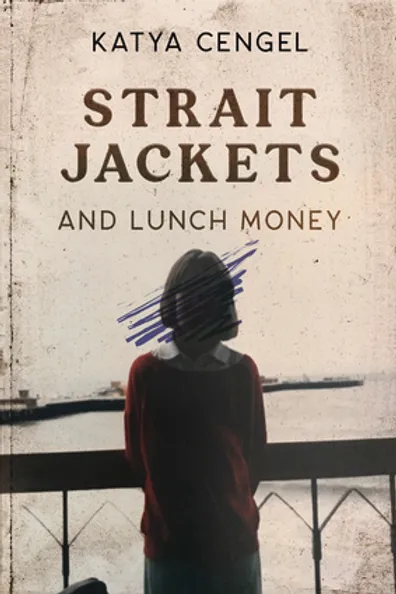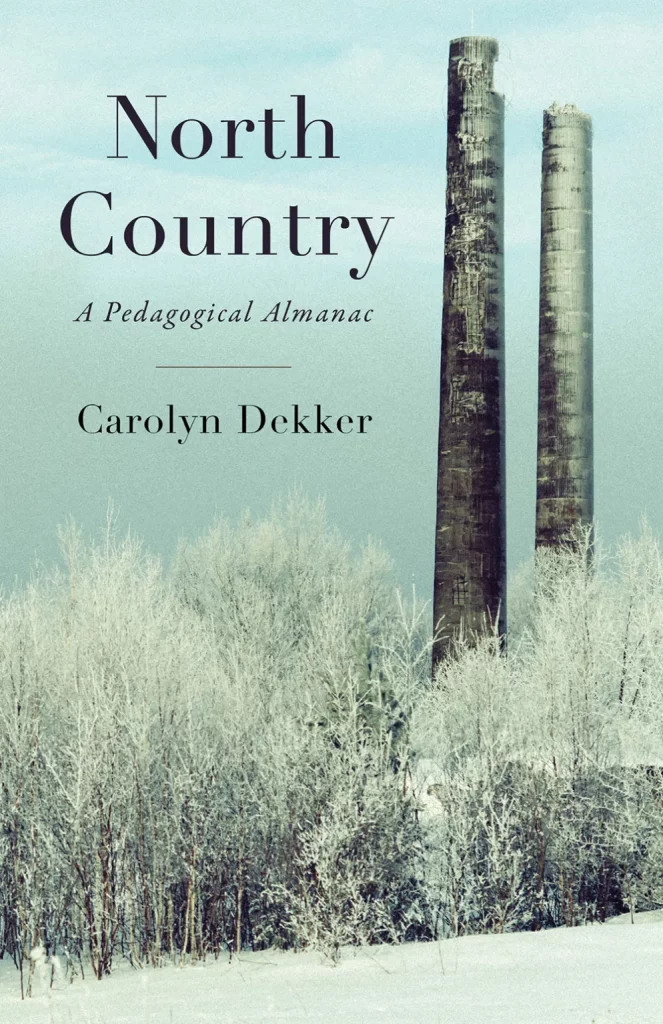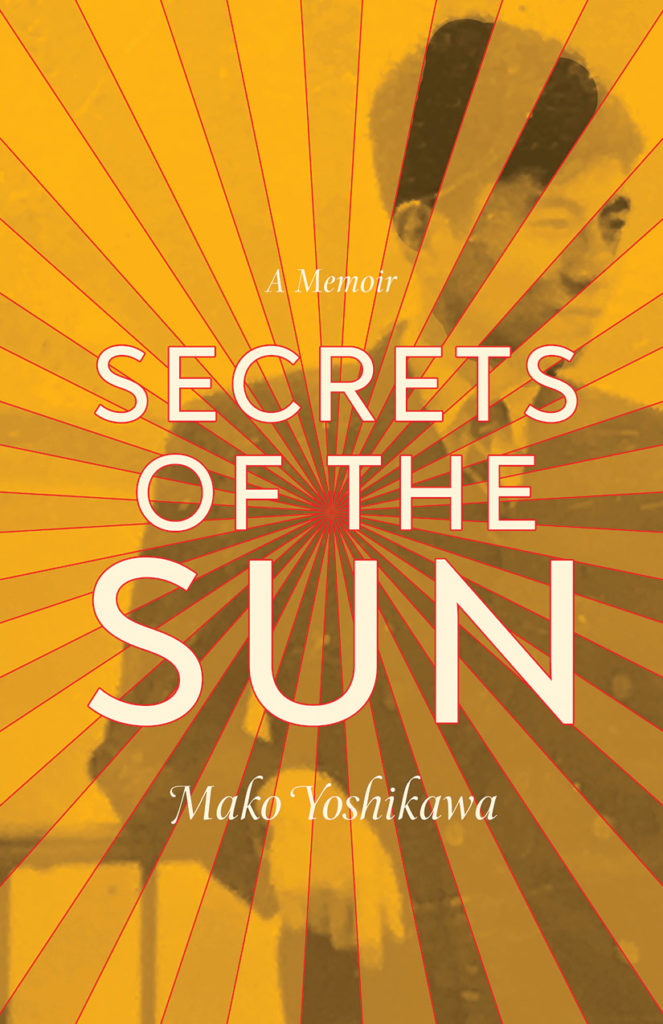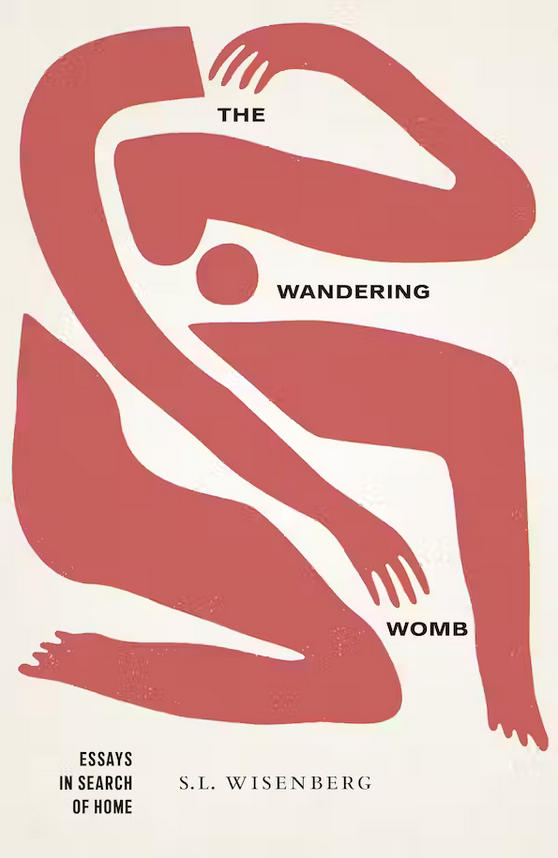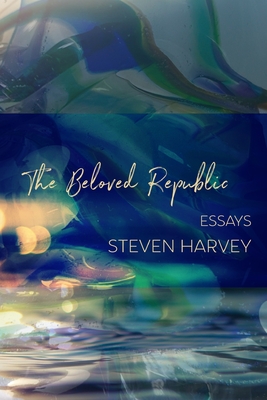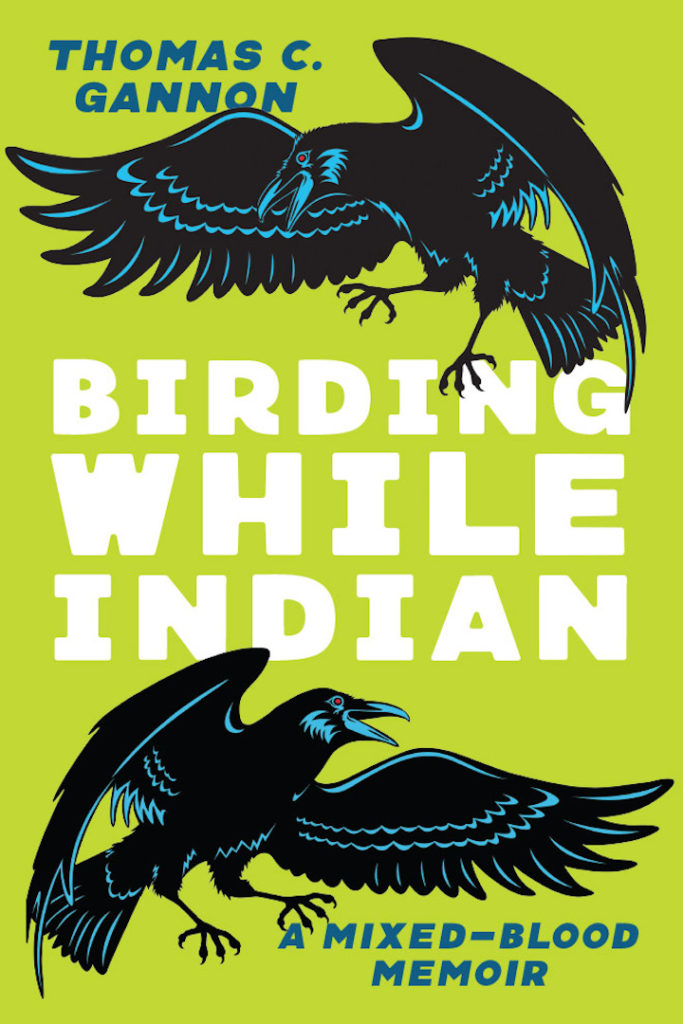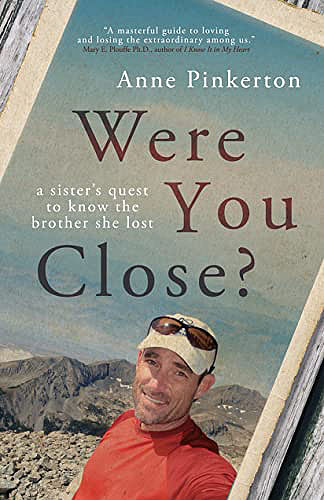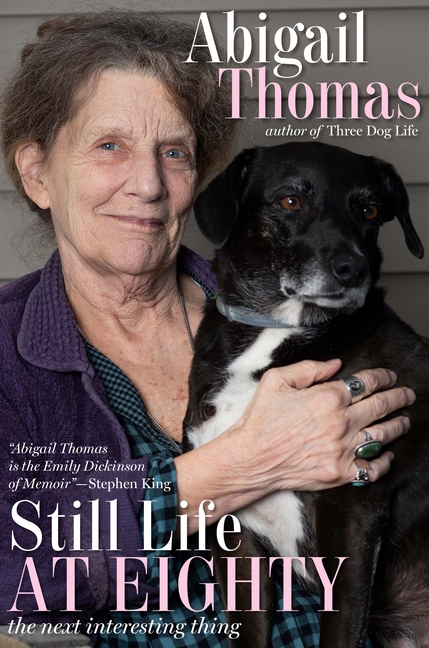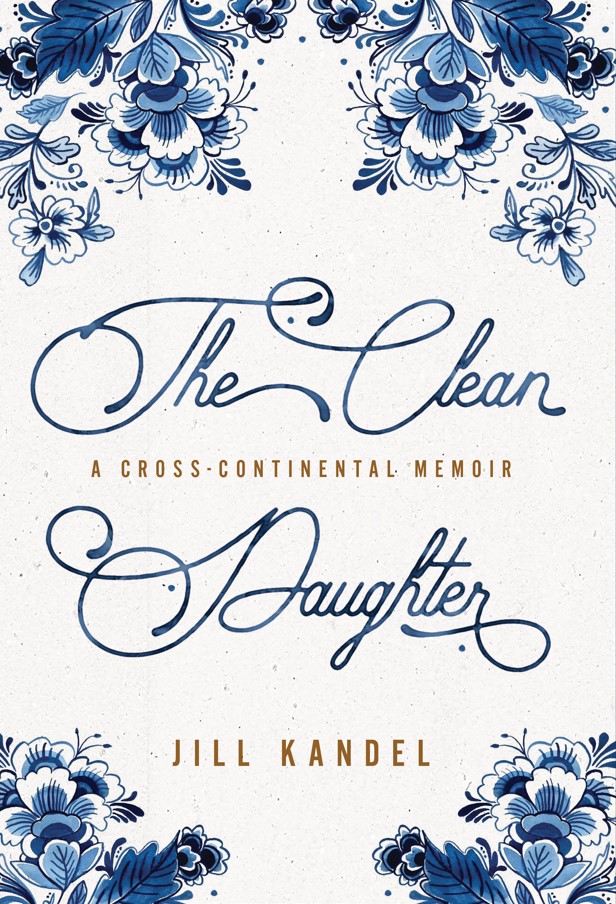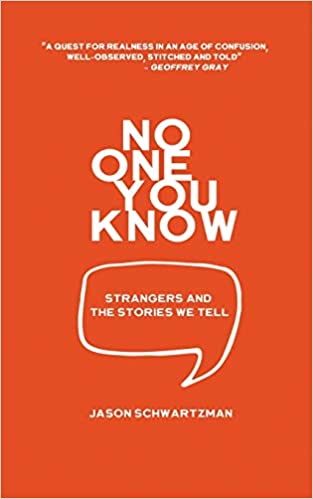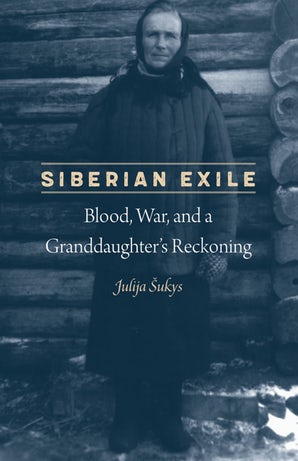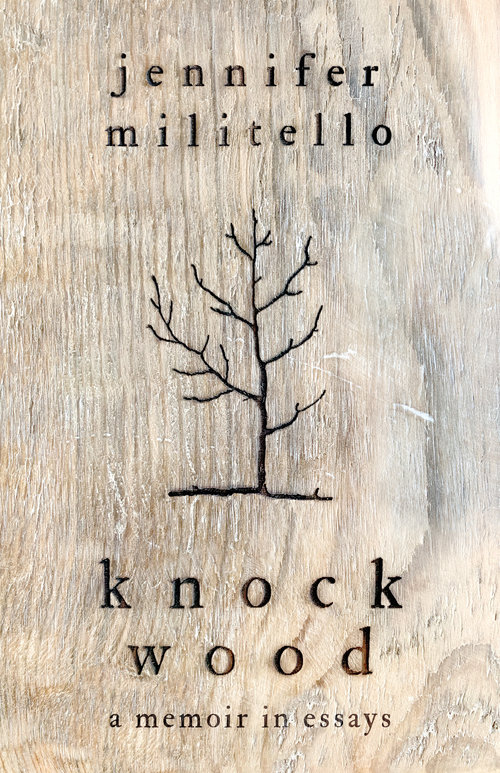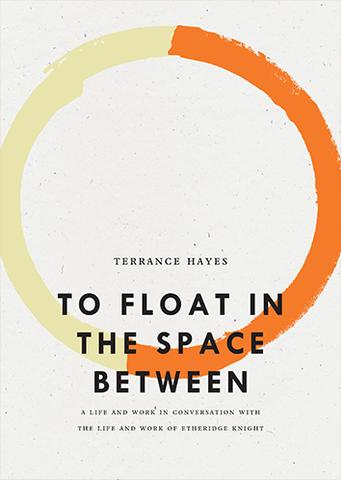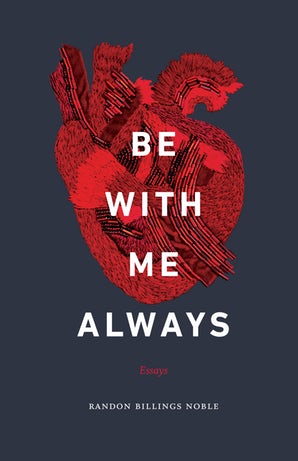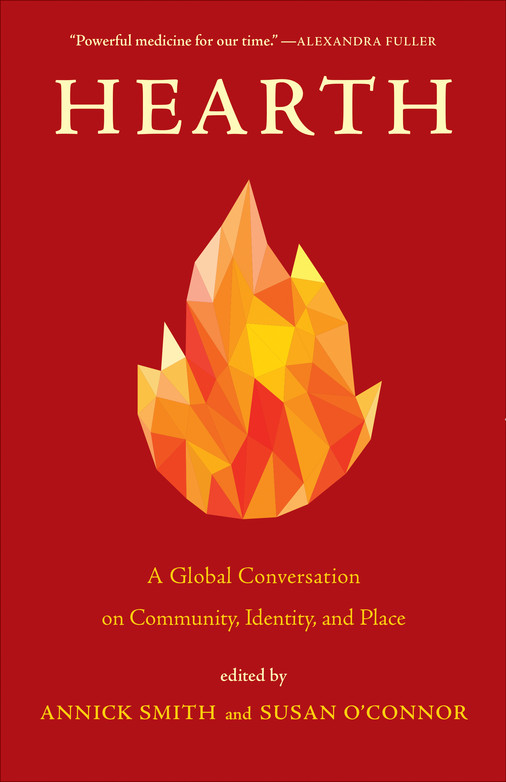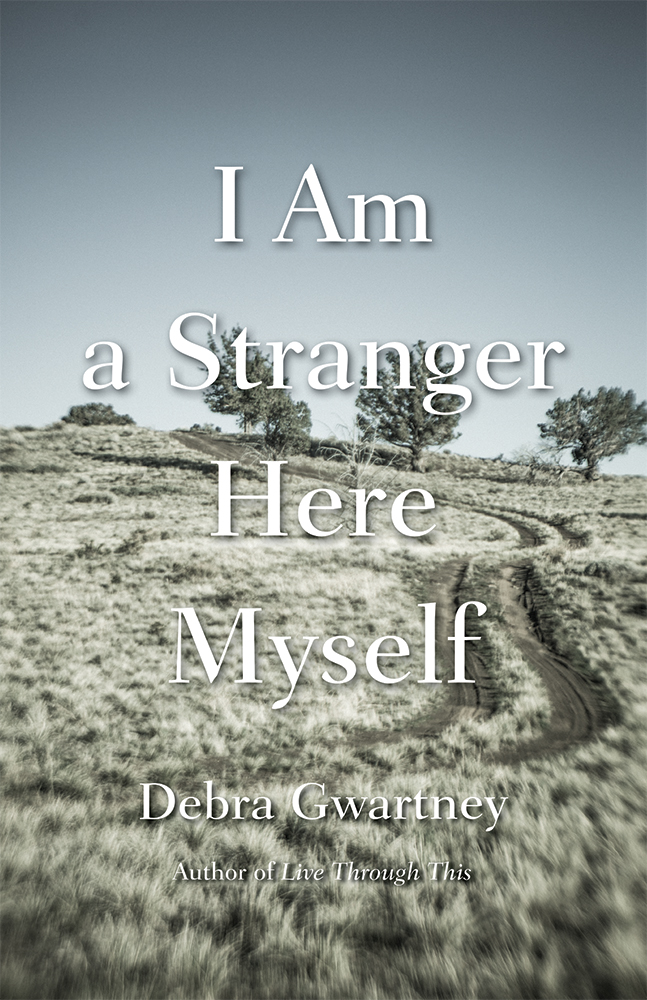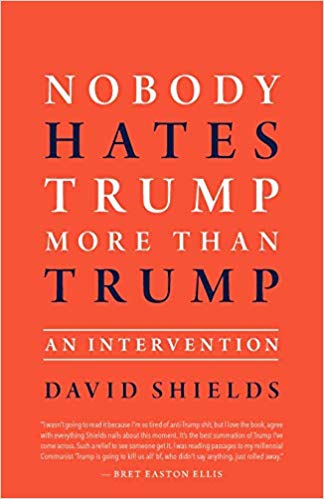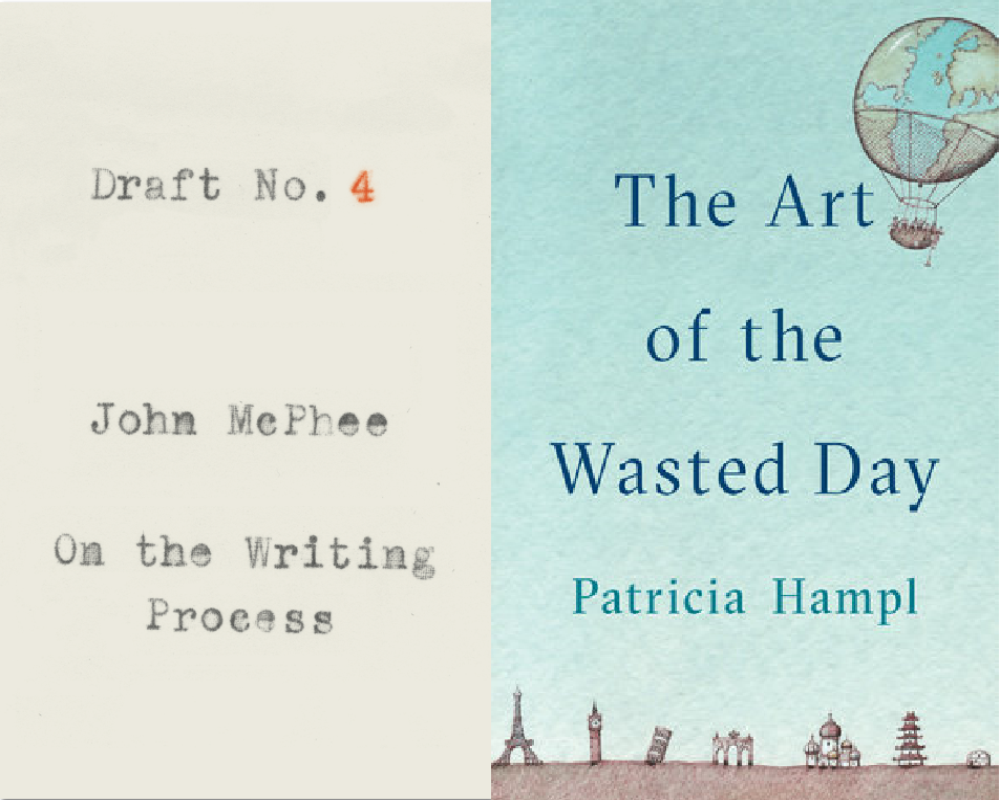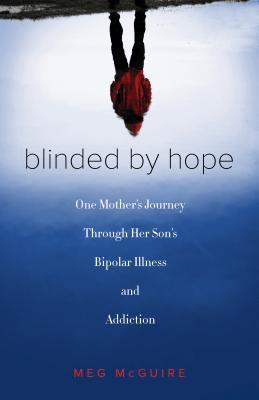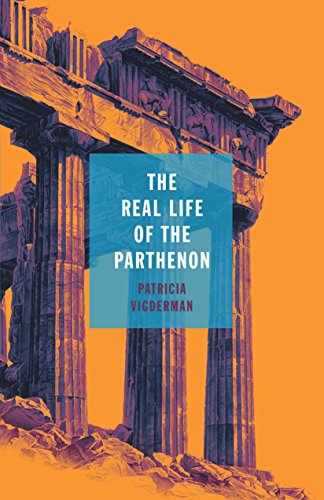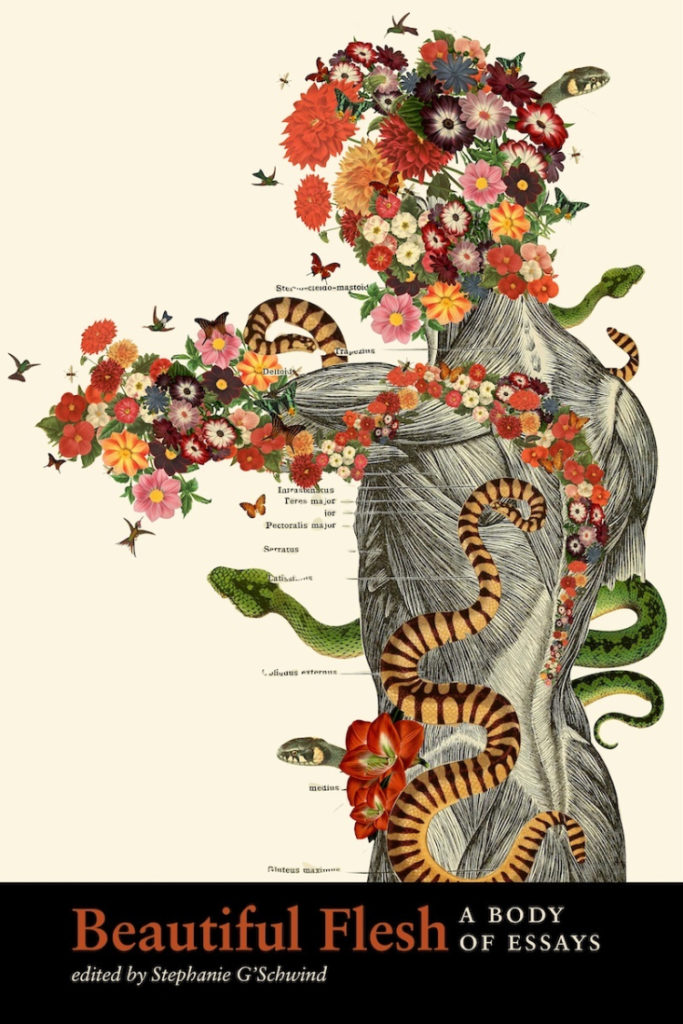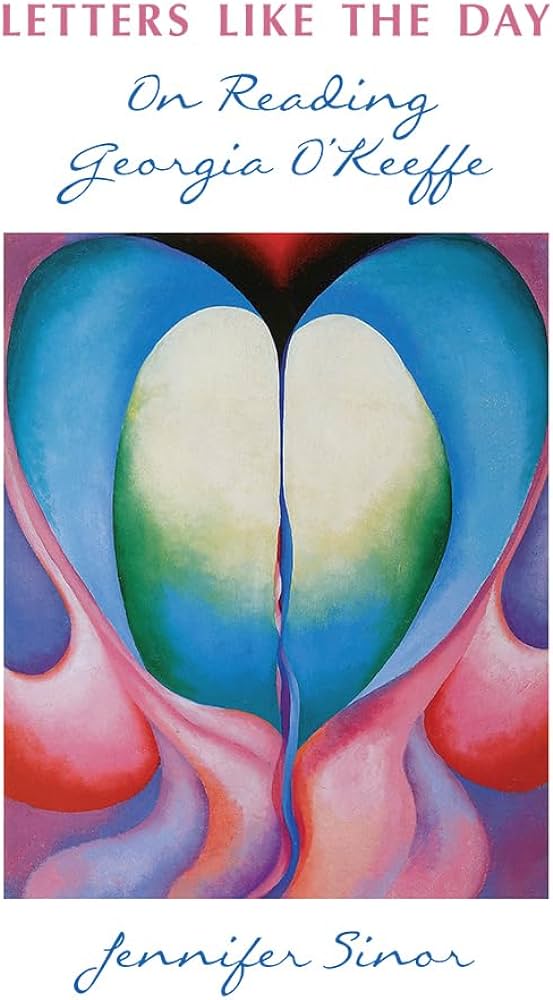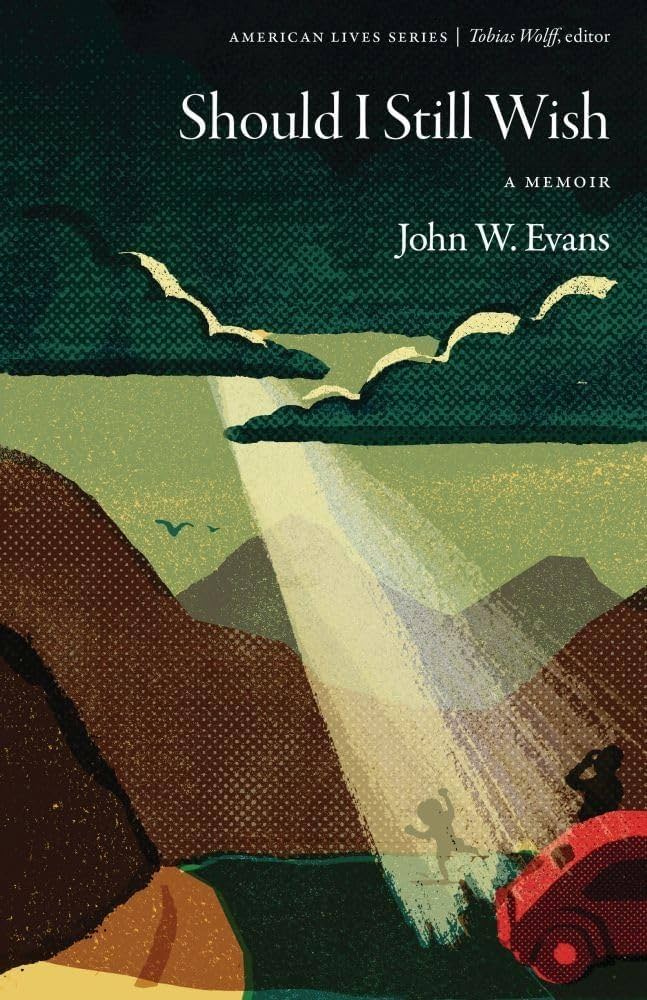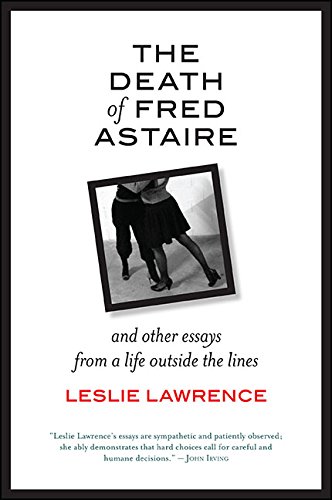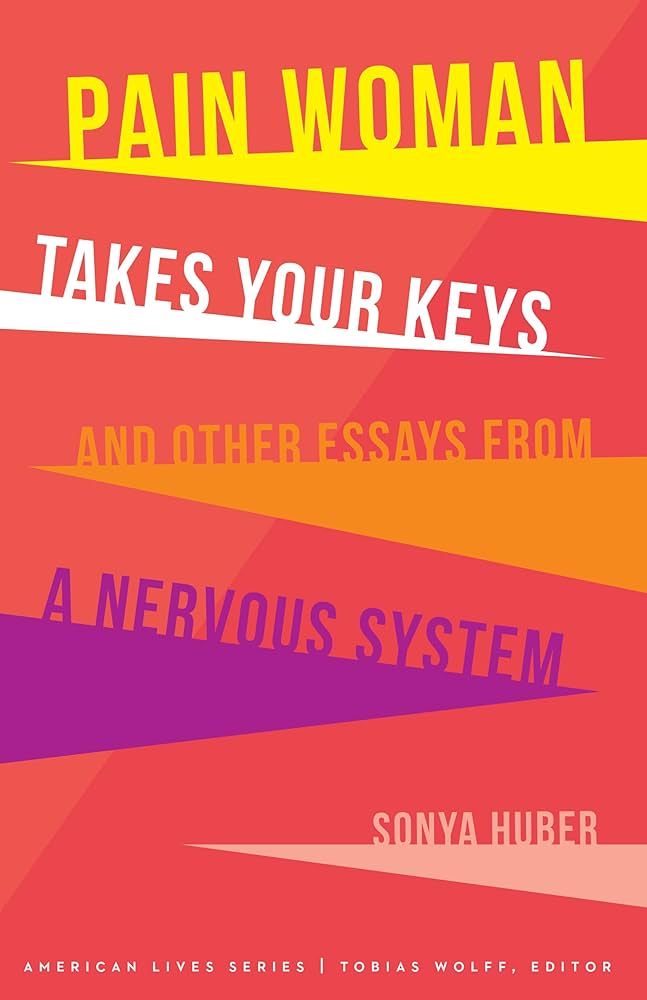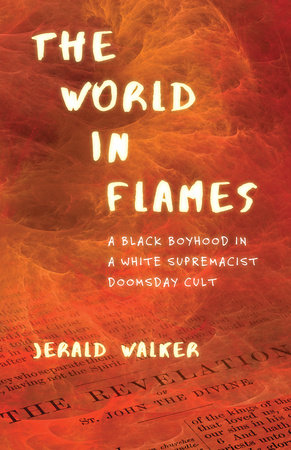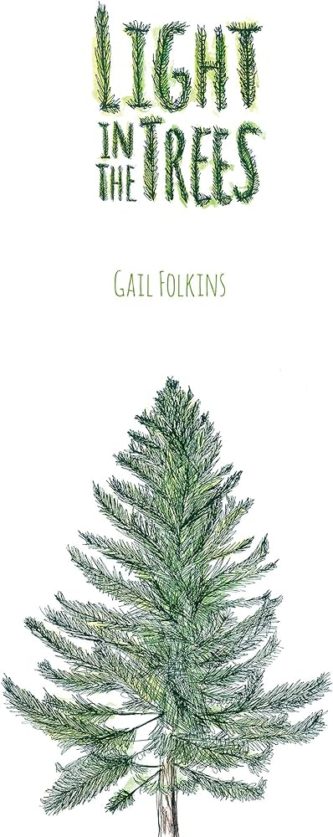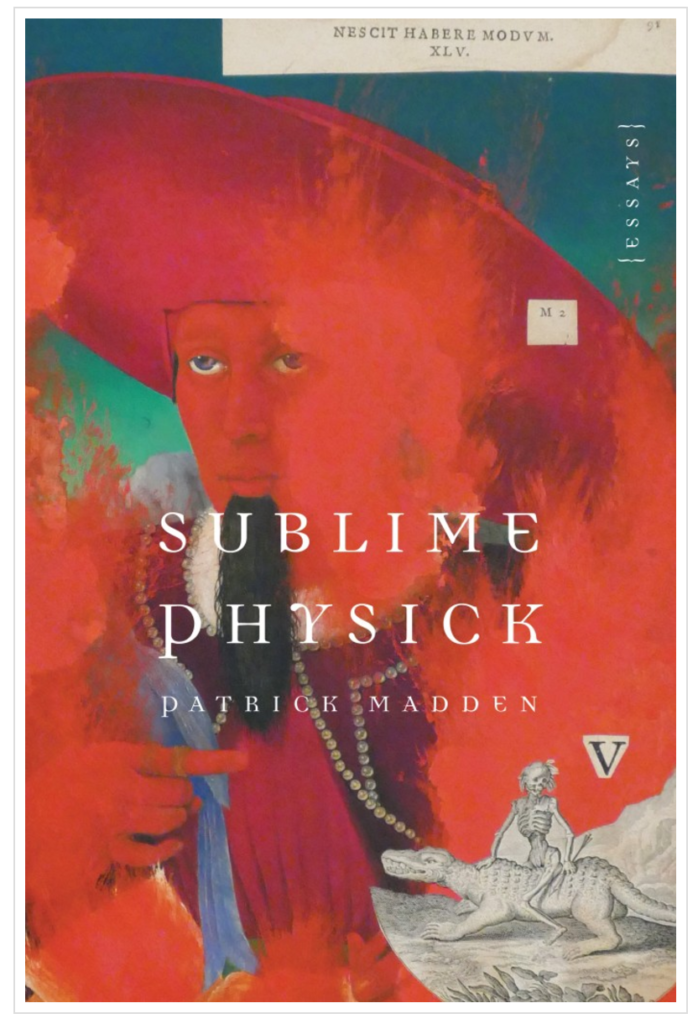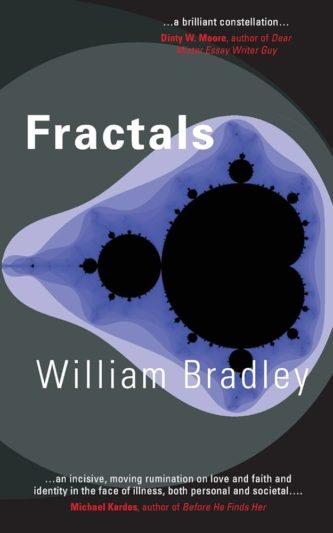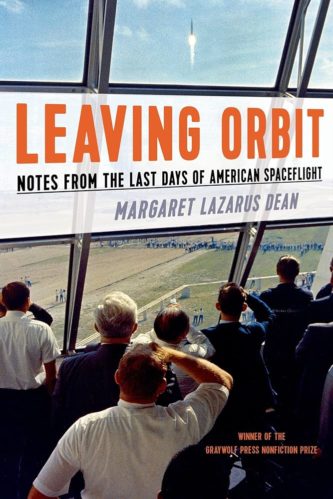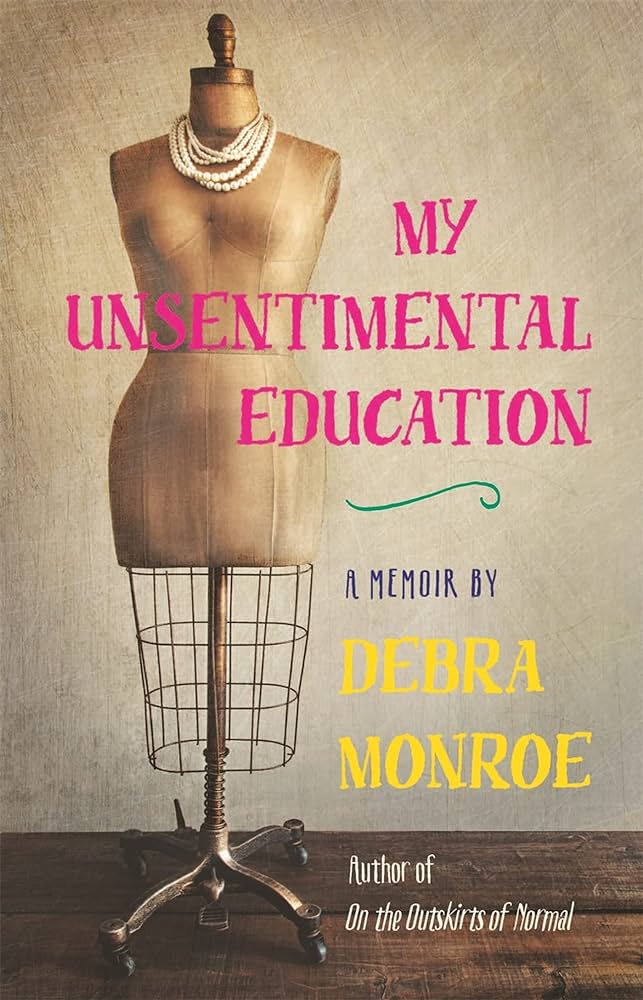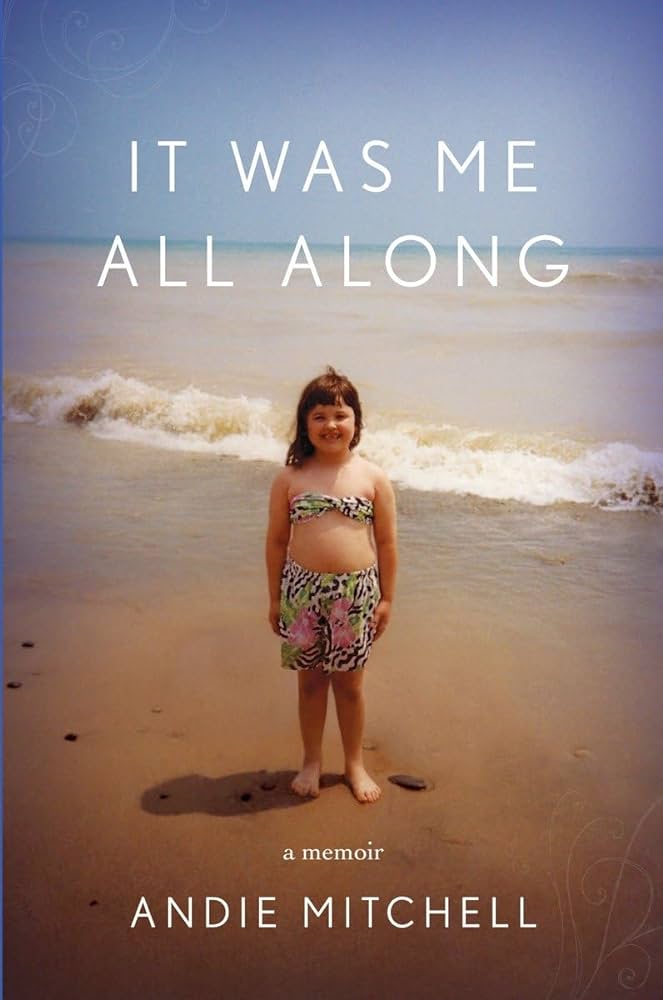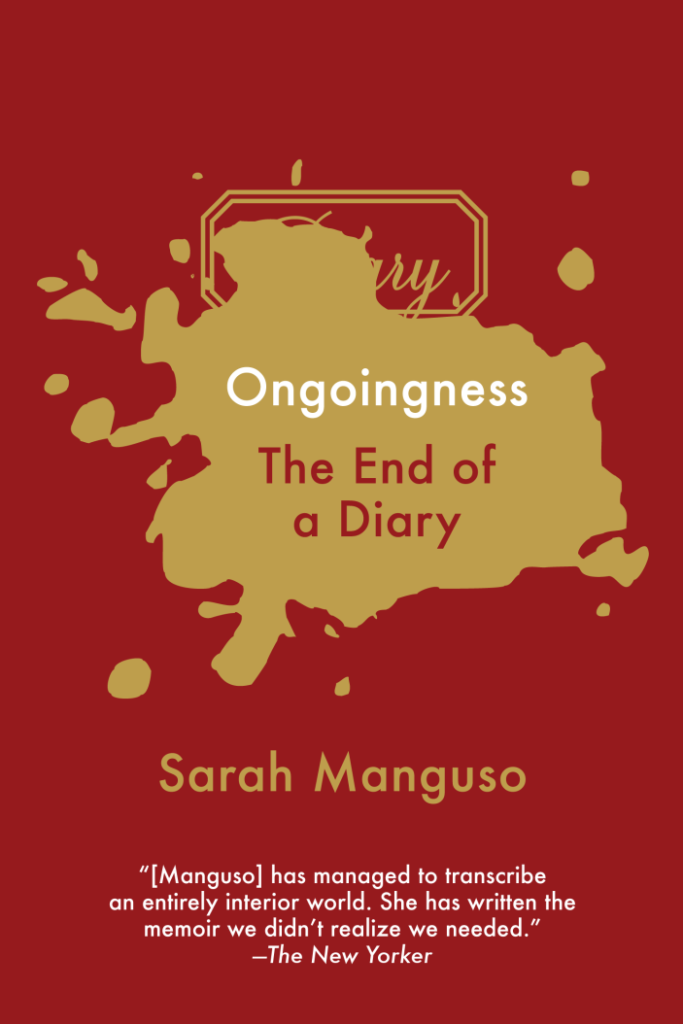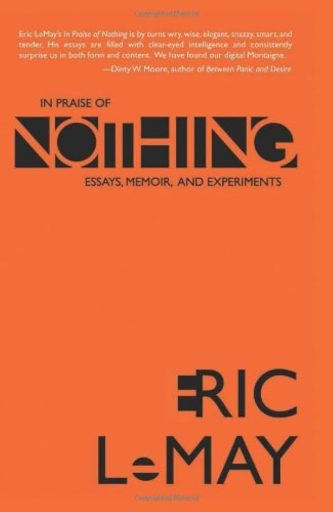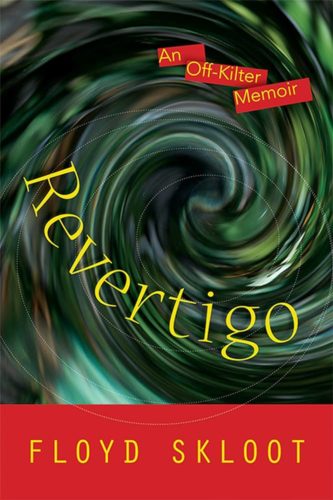By Michael Steinberg
on My Twice-Lived Life: A Memoir of Aging by Donald M. Murray
Neglected Nonfiction Classics
In the 1970s and 1980s, freshman composition was a province of nonfiction writing. In those days, teachers who taught comp—myself among them—learned our craft largely from the primers of people like Peter Elbow, Toby Fulwiler, Wendy Bishop, and Donald Murray, four of that period’s more formidable, most passionate teacher-writers.
All four advocated a process or workshop approach to teaching writing. All four believed that teachers of writing should be writers, maybe not accomplished writers, but, at least, be familiar with the struggles that most working writers regularly face.
An aspiring writer myself, I was, at the time, most attracted to Donald Murray’s work. In addition to his philosophy of teaching, Murray was himself a first-rate personal essayist. And back then, one of the required forms in most freshman composition programs was the personal essay—a genre I’d become increasingly curious to learn more about.
Even though the essay was persona non grata in many English departments, I still shared Murray’s belief in an ideal academia where the best examples of the personal essay would be—should be—the aesthetic in composition classes, just as the best fiction and poetry were the aesthetic in creative writing workshops. The problem was, the simplistic five-paragraph theme or news article was too often used in place of literary personal narratives.
We writers know that things have changed quite a bit since then. As it would turn out, I did become a personal essayist/memoirist in addition to being an advocate, spokesperson, and teacher of the genre we’re now calling creative or literary nonfiction. And today, that once maligned genre is part of most creative writing programs.
The other development that would have pleased Don Murray is that, still today, most composition courses are taught by teaching assistants who’ve graduated from creative writing programs, teachers who are, in effect, experienced and/or aspiring writers.
Those of my contemporaries who also became teaching writers will attest that Murray was their guide. In my case, he was my guide and mentor both. And so I believe that my curiosity and passion for this form results from my relationship with Donald Murray and my fascination with his work as a teaching writer. That’s why I chose to read (and review) his memoir My Twice-Lived Life, published in 2001.
**
In his Amazon.com review, Tom Romano—a fine teacher-writer who, like me, studied under Murray—informs us that Murray’s first idea for the book was to publish it as a collection of his “Over Sixty” Boston Globe columns, short essays that dealt mainly with aging, the Depression, and World War II.
Romano also says, “We’re used to Murray writing about writing.” And that’s certainly true. Over the course of his career, Murray wrote eight seminal, widely read books about writing and the teaching of writing in addition to publishing dozens and dozens of essays and articles on the subject.
In a Publisher’s Weekly review, literary agent Michael Rosenberg offers this overview:
Murray begins by describing his heart attack, at age 62, during a Florida business trip. Returning to Durham, N.H., after surgery, he pondered retirement but instead started to write, adhering to the ancient Roman advice he had followed for many years “nulla dies sine linea, not a day without a line.” In the early chapters, he contrasts his lonely childhood and other events in his life with “the journey of aging, a rafting trip down a river I thought familiar but that became more unfamiliar and faster the further I traveled.” He recalls his first night jump as a paratrooper, winning a Pulitzer Prize at the Boston Herald when he was 29, fatherhood, fears, family tragedies, depressions, deaths and near-deaths. War stories from “the surreal confusion of battle” in WWII trigger associations with violent memories of civilian life. Meanwhile, health problems mount his own and those of his second wife, Minnie Mae; “eventually,” he acknowledges, “old age becomes a grim business.” And yet, “as the horizons grow closer,” he concludes, “I will always have narrative as my companion.”
Rosenberg’s overview, an accurate depiction of the book’s narrative arc, supports Tom Romano’s assessment. But maybe it’s because I see myself as a teaching writer or perhaps it’s because I claim Don Murray as a mentor that I seem to have a somewhat different take on My Twice-Lived Life. To me, it is, at least in part, a book about how and why Donald Murray became a writer.
I say this because I believe that the most significant experiences and circumstances of a writer’s life, whatever they might be, will, in one way or another, help determine who that person eventually becomes—especially if he/she turns out to be an autobiographical writer.
All writers are, of course, voracious readers. But we read for different reasons. For this reader, then, the most compelling takeaway from My Twice-Lived Life lies in the short asides and extended discoveries Murray makes in regards to his writing. And I’m also drawn to his honest disclosures about the deep influence and role that becoming a writer has played in shaping his adult identity and his sense of self.
As Joan Price points out in her Amazon review, “The title . . . refers to the notion that a writer lives life twice: once in the moment, and again in ‘the greater reality of reflection afterwards.’” I agree. The attempt to find larger meaning and discover deeper human connections are the impulses that drive the most curious, inquisitive autobiographical writers.
**
In the book’s first chapter, “My Unexpected Life,” Murray explains how surviving a serious heart attack at age 62 becomes the catalyst for writing this book. “Even then I felt no special apprehension. I would do what needed to be done, and I realized that I had recovered my writer’s distance, a quality of standing back and on serving myself and others that I had often thought was a curse, a cold reporter’s detachment.” He goes on, however, to say, “Now I blessed the distance, not out of a compulsive, workaholic personality, but out of a need for naming. Writers know that if you name the terrors, they retreat.”
In Chapter 2, “A Matter of Identity,” Murray, still in the beginning stages of recovery, reflects on his fears, most specifically that the effects of the heart attack might force him to retire early from teaching, a vocation, he admits, that has been a big part of his identity for decades. What then, he wonders, will he do with the rest of his life.
I will never play defensive end for the . . . Patriots . . . buy a Harley, learn to fly, travel around the world on tramp steamers. My real dreams are more modest: travel, read, collect classical CDs, draw, and, most of all, have quiet moments in which I am surprised by what appears on my page.
Murray concludes the chapter by admitting that he’s “looked about for other retirement models.” He then cites former colleagues and friends who in retirement take their solace from fishing, playing golf, and working in their yards, in addition to “the old men sitting in rings around the planters and fountains of the malls. Waiting. Waiting.”
This is not, of course, the way Murray wants to spend his retirement years. And so in the chapter’s final paragraph, he refers once again to “the ancient Roman advice I had followed for so many years—nulla dies sine linea—not a day without a line.” And then adds, “I wrote a word that led to more words. I forgot I was old, that I’d suffered a heart attack. I became what I was and had been—a writer, still an apprentice to the craft that I would, thankfully, never learn.”
**
My Twice-Lived Life—to my mind more autobiography than memoir—spans Murray’s entire life from childhood to old age. Each chapter—“Living Backwards,” “Turning Points,” “Shame,” “Aloneness,” “Work,” “Stuff,” “Fear,” “Lifting,” “A Veteran Speaks,” “War Stories Told, War Stories Untold,” “The Not-So-Good Old School Days,” “Unmasking,” “Fatherhood,” “Taking Care,” “Comrades,” and “Letting Go”—is written with a reflective voice.
It’s true then, that on one level, the book is a wise, honest reflection on the fears, confusions, and uncertainties we’ll all someday have to face, that is, if we’re lucky. But on another level, it’s about Murray’s love for writing and teaching.
Because what clearly comes across to me in every chapter is Murray’s curiosity, passion, and strong work ethic. And in almost every instance he cites—fatherhood, personal fears, family tragedies, depressions, deaths and near-deaths, war stories (his combat in World War II), his wife, and his own later-in-life health problems—Murray directly refers to or implies that the reason he’s survived and succeeded,most especially as a teacher-writer, is that over the course of a life he has struggled to learn and appreciate the value of discipline, persistence, and hard work. And aren’t those the very same qualities that guide all writers? Or, all accomplished, capable human beings for that matter?
**
In the ten years since Donald Murray’s death, the personal narrative, once the step-child of freshman composition, has evolved in ways that neither he (nor I) could have ever imagined—the lyric essay, graphic memoir, video essay, to name only a few. And I believe he would have been delighted to learn that his work has had such a profound influence on the writing and teaching of literary nonfiction.
Though I also know that he’d want to share the credit with some of his contemporaries, those who believed in the same things as he did. And that he’d also share it with the teaching writers and writing students he mentored. As for my part, it’s a no-brainer; Murray’s writing, thoughts about writing, and generous mentorship will continue to inspire, guide, and instruct me for as long I write and teach.
A final thought: Murray’s book, of course, contains many other examples of his musings about writing and teaching writing. In fact, his chapter “Work,” almost entirely about writing, is rich with wisdom and advice. But since this is a short review, I can’t cite those examples here. And, besides, that’s for other curious readers to discover. But I will, however, close with the paragraph that also concludes the final chapter in My Twice-Lived Life.
There is always a story. I may write it but even if I can no longer hold a pen, type, or even dictate, I will always have narrative as my companion. Of story there will be no letting go.
My Twice-Lived Life: A Memoir
Michael Steinberg was a professor of literature and writing at Michigan State University for some 30-plus years. Currently, he’s the nonfiction writer-in residence and a member of the founding faculty of the Solstice/Pine Manor College low residency MFA program in Boston. He’s the author of the memoir Still Pitching, and his newest book is Greatest Hits and Some That Weren’t: Selected Essays and Memoirs 1990-2015. He is also the founding editor of Fourth Genre: Explorations in Nonfiction.

